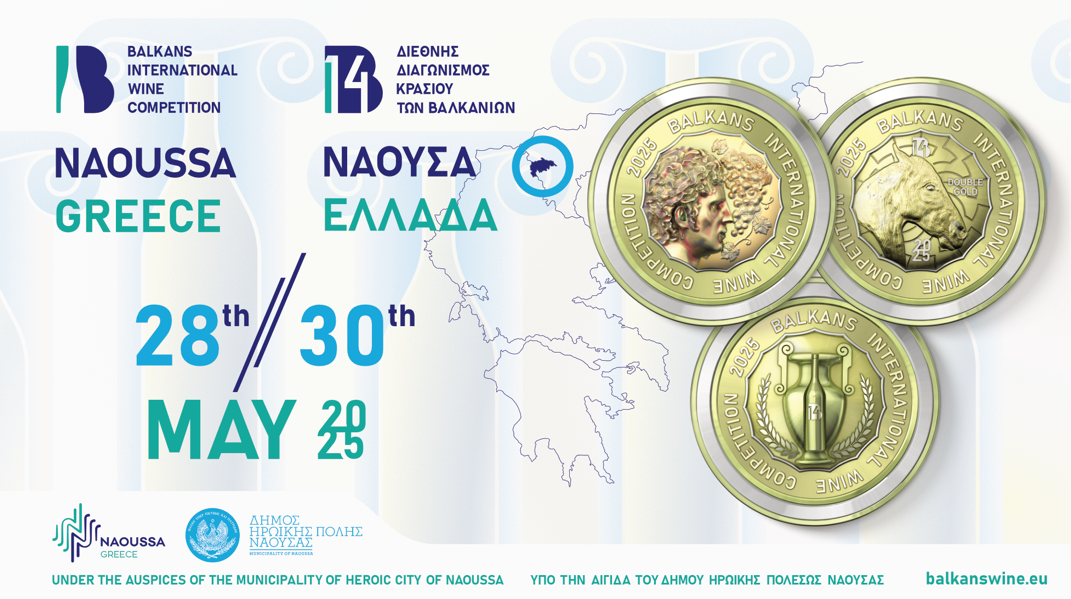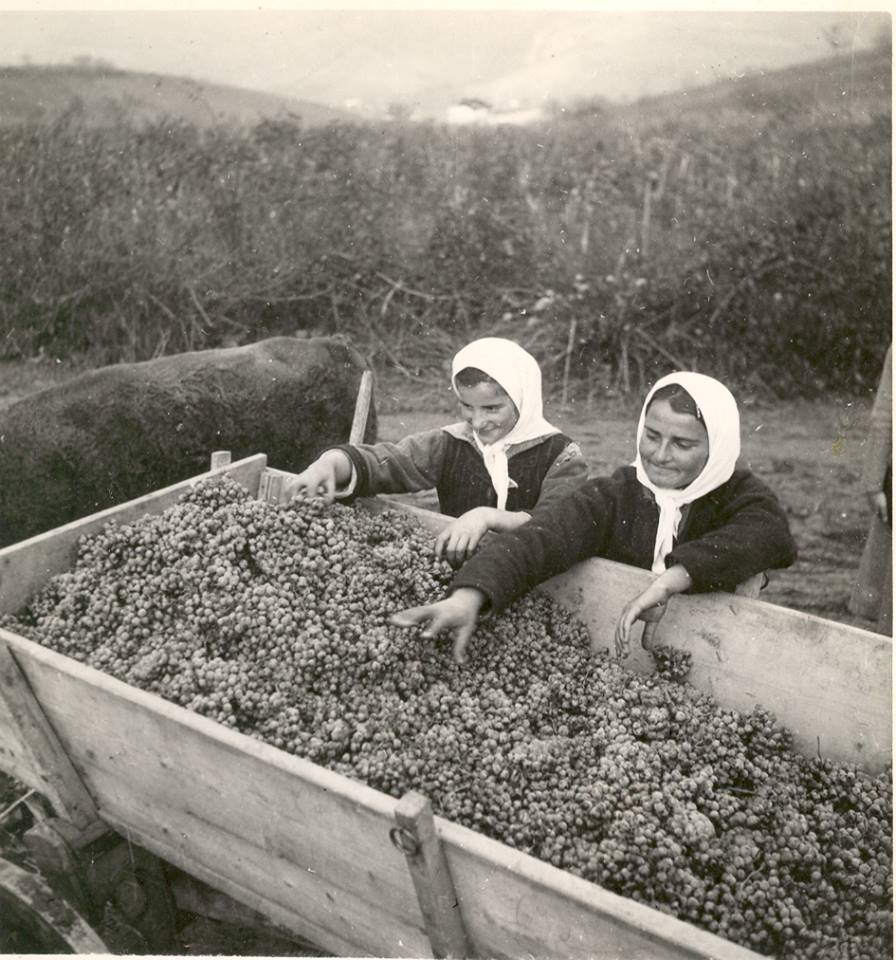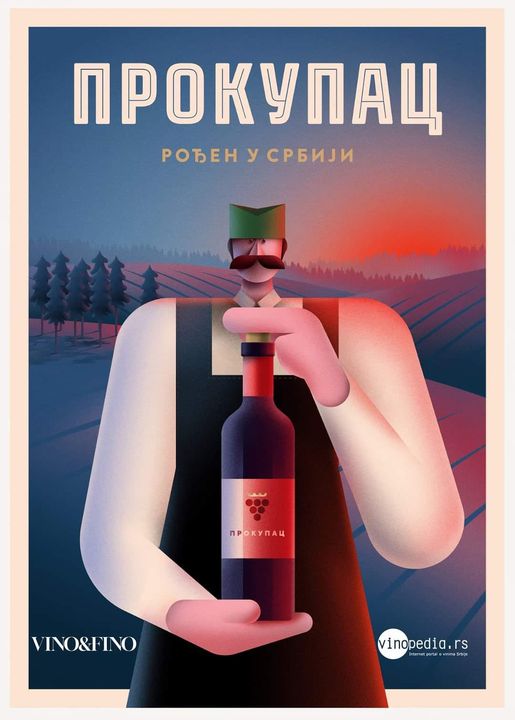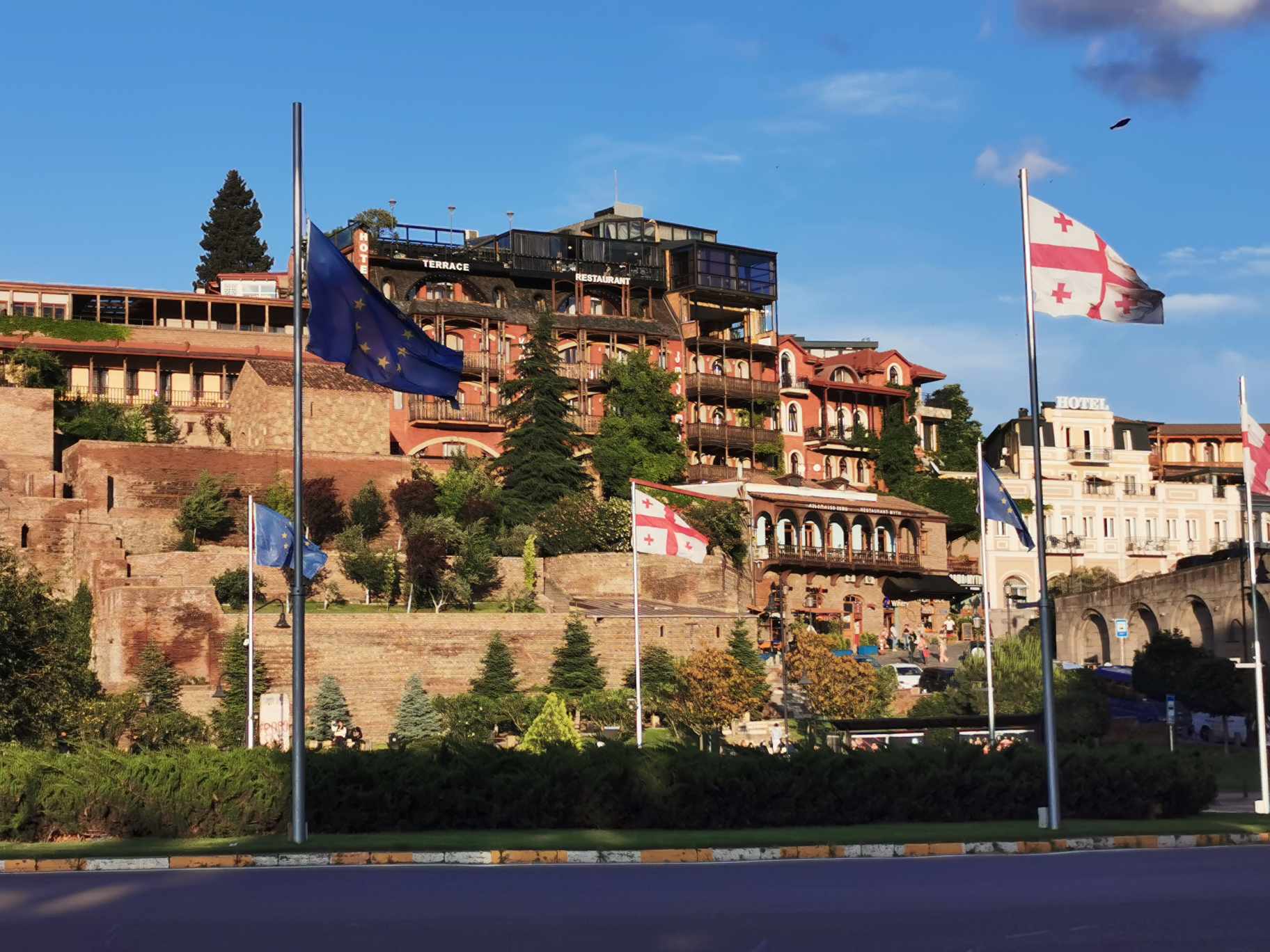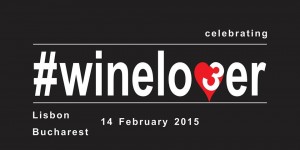
#Winelover organization brings together wine lovers from all meridians, and February get-together always carries with it special emotions because it represents formal birthday of #winelover community. This year, the third anniversary of #winelover organization had symbolic meaning: celebration took place on the same day, in the east and in the west of Europe, i.e. in Bucharest (Romania) and Lisbon (Portugal). To make the symbolism even greater, the date coincided with the celebration of St Tryphon's Day, 14th February, 2015, the day that bears special importance for us in the Orthodox Christian world given that St Tryphon is regarded as the protector of winemakers and vinegrowers.
Vinopedia regularly participates in activities of #winelover organization, so this time, we have chosen to attend the gathering of wine lovers in Romania due to proximity of the venue.

Selected wineries from Romania took the opportunity to organize special tastings for #winelover community in Bucharest and present their wines, with the main emphasis on wines made from local varieties.
On this occasion, I will share with you my impressions about the wines we tasted, particularly those which stood out owing to their quality, style, authenticity or character. An important lesson that can be learned during the tasting of Romanian wines is that quality wines come from both small family wineries and large industrial wineries that have thousands of hectares of vineyards but still treasure special plots where grapes are produced for selected premium labels. We should also keep in mind that Romania is rather similar to Serbia given that virtually all international varieties can be found in its vineyards, but many wineries carefully produce wines from local varieties as well. Simply, it is the way to attract attention of the global wine market if you come from countries that have just recently earned their reputation as the so-called "New Old World."
Young.Liliac Fresh 2014 – Liliac Winery - (varietal composition: 80% Sauvignon Blanc, 20% Pinot Grigio) After only 5 years of existence, Liliac Winery earned quite a reputation in European wine circles. It is an Austrian investment project, a winery with 52 hectares of vineyards in the vicinity of Cluj, Transylvania. What primarily attracted me to this wine was the marketing concept. Every year, the winery announces the best label design competition on social networks. This year, the competition assignment was to create a label for wine that will appeal to young people, characterized by youth and freshness, and that will come on the market in January. The result is a wine that has gained great popularity in Romania. The nose is dominated by varietal herbal notes of Sauvignon Blanc, but a real experience of the wine comes in the mouth. Intense fruity flavors of peach, tropical fruit, tangerine in the mouth pair well with lively acidity. Unpretentious wine, sliding nicely down the throat, pleasant. The price of this wine reminds me of Serbia ... ex-cellar 5-6 EUR, while the shelf price reaches EUR 8-10. Overpriced, but obviously marketing is the money well spent.
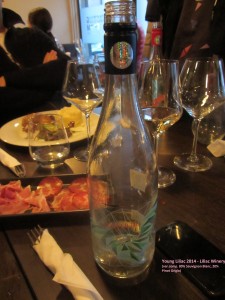 Liliac Nectar of Transylvania, 2013 - Liliac Winery
Liliac Nectar of Transylvania, 2013 - Liliac Winery - (varietal composition: 100% Muscat Ottonel). This is a unique wine in Romania, and Austrian influences in its creation can be clearly traced. The grapes are harvested in October, then laid out onto straw mats and dried on racks in a natural way. Then the grapes are pressed in February. After maceration in oak barrels, the nectar is transferred into stainless steel tanks. That is the essence of the so-called Schilfwein method, developed by the famous Austrian winemaker Willi Opitz. This wine was a real surprise at the tasting. Golden in the glass. The nose dominated by intense aromas of litchi, passion fruit, quince, honey. Aroma of honey prevails in the mouth, pure nectar accompanied by notes of mango and quince. Nice acidity contributes to lively, playful sweetness of this wine. Despite the price of nearly EUR 20, the wine is selling well in Romania. The fact that winery staff invest a lot of efforts to educate consumers that this wine should be paired with dessert rather than with the main course speaks volumes about the current situation concerning wine culture in Romania.
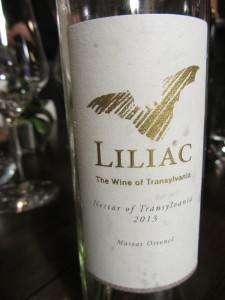 Feteasca Regala 2013 - Via Sandu
Feteasca Regala 2013 - Via Sandu - Winery Via Sandu reflects authentic Romanian school of winemaking, rustic wines, sincere, without expensive technology, with no particular desire to appeal to taste of global consumers. The wine is made of Feteasca Regala variety, the most common white variety in the Romanian vineyards. A feature of this white variety are natural tannins, which can be best perceived when you eat fresh grapes, as it leaves in the mouth the same impression like eating Cabernet Sauvignon grapes. Wine with more floral and spicy notes than fruity ones... Well-developed aromas on the nose and in the mouth, complex. It has a distinctive mineral trace that lingers in the mouth and continues into the finish. And a great price/quality ratio: 5 EUR in the shop.
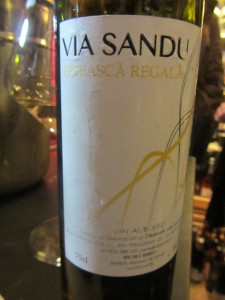 Crâmpoşie Selecţionată 2013 - Bauer Winery
Crâmpoşie Selecţionată 2013 - Bauer Winery - Crâmpoşie is another variety that represents a trump card of Drăgăşani wine region. The wine has more than 20g of residual sugar, but the sweetness and lovely accentuated acidity form a solid structure and allow this wine to continue its evolution. Wine seems fresh, mineral, harmonious. Alcohol 11.5%. I wish I could taste this wine again in the coming years because I am interested to see how it will develop further.
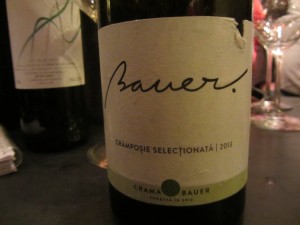 Negru de Drăgăşani 2011 - Prince Ştirbey Winery
Negru de Drăgăşani 2011 - Prince Ştirbey Winery - The winery Prince Ştirbey is dedicated to native Romanian varieties. Negru de Drăgăşani is not common in the vineyards (according to data from 2008, the area under this variety in Romania occupies 6 ha). Rounded wine, completely harmonious, full of ripe black fruits and spices, soft silky tannins, notes of Romanian oak.
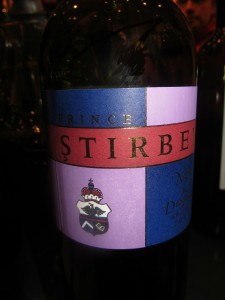 Apogeum 2011 - Tohani Winery
Apogeum 2011 - Tohani Winery - (varietal composition: Feteasca Neagra) Tohani Winery is a genuine giant of the Romanian wine scene with an annual production of 3 million bottles of wine. During my stay in Bucharest, I had the opportunity to taste several wines made from Feteasca Neagra variety, but the real discovery was Apogeum wine from grapes grown in 30-year-old vineyards, in a limited edition of only 5,000 bottles. Concentrated, extractive, the nose dominated by aromas of ripe plums and blackberries. In the mouth, the wine leaves lush impression, smooth silky tannins, soft and elegant, with plentiful aromas of black forest berries, licorice, mint, dark chocolate.
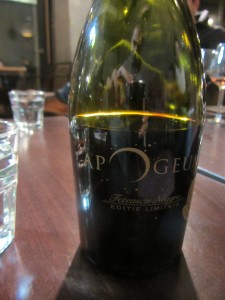
My stay in Bucharest was also an opportunity to taste wines from Romania, Bulgaria and Serbia in a relaxed atmosphere together with other members of #winelover community, and to show that wine brings people together. On this occasion, we presented to Romanian wine lovers the King of Župa, Prokupac wines from wineries Čokot, Ivanović and Budimir.

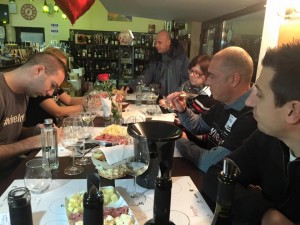
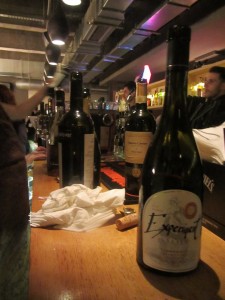

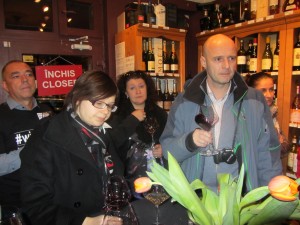
BACK TO CATEGORY
 #Winelover organization brings together wine lovers from all meridians, and February get-together always carries with it special emotions because it represents formal birthday of #winelover community. This year, the third anniversary of #winelover organization had symbolic meaning: celebration took place on the same day, in the east and in the west of Europe, i.e. in Bucharest (Romania) and Lisbon (Portugal). To make the symbolism even greater, the date coincided with the celebration of St Tryphon's Day, 14th February, 2015, the day that bears special importance for us in the Orthodox Christian world given that St Tryphon is regarded as the protector of winemakers and vinegrowers.
#Winelover organization brings together wine lovers from all meridians, and February get-together always carries with it special emotions because it represents formal birthday of #winelover community. This year, the third anniversary of #winelover organization had symbolic meaning: celebration took place on the same day, in the east and in the west of Europe, i.e. in Bucharest (Romania) and Lisbon (Portugal). To make the symbolism even greater, the date coincided with the celebration of St Tryphon's Day, 14th February, 2015, the day that bears special importance for us in the Orthodox Christian world given that St Tryphon is regarded as the protector of winemakers and vinegrowers.













